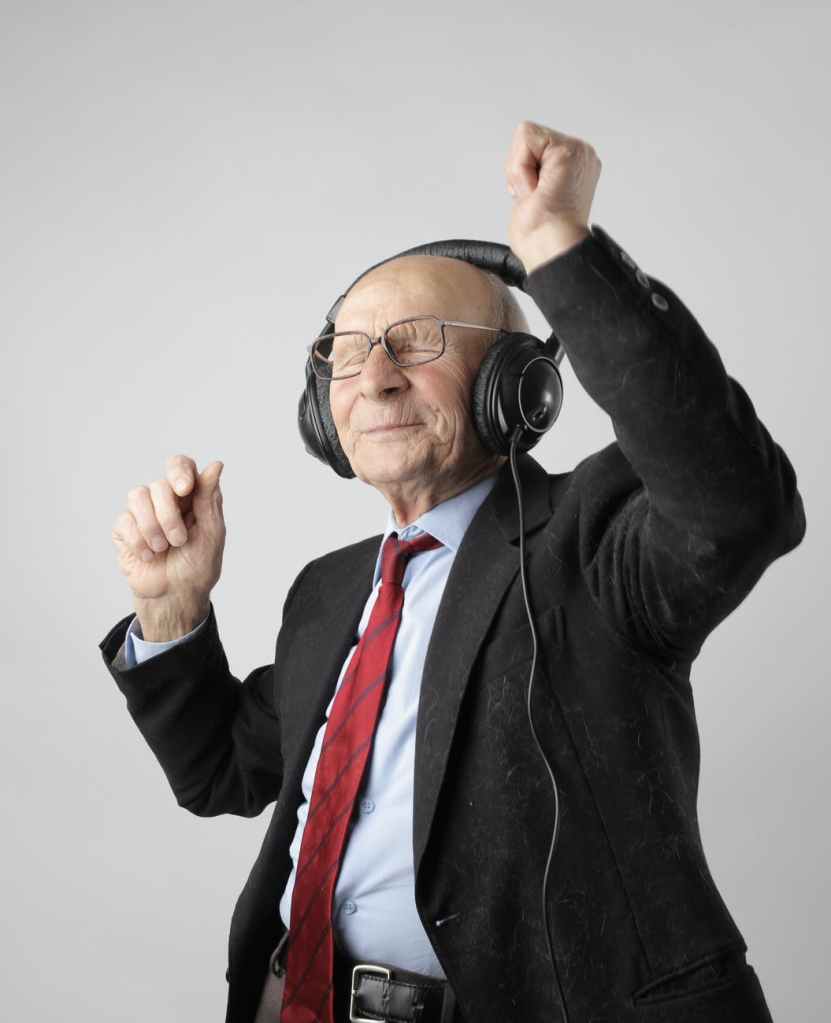Microbiome (mikro . biom) – This medical term has it’s first known use in 1952. It’s the ecological community of commensal, symbiotic and pathogenic microorganisms that literally share our body space. Joshua Lederberg coined the term arguing the importance of microorganisms inhabiting the human body in health and disease.

Photo by Livingstone Ochieng on Pexels.com
Simply, it’s the bugs that live on or in us.
The bacteria, fungi, and viruses that inhabit a particular environment and especially the collection of microorganisms living on our body number about 100 trillion (Carl Zimmer) and together with other microbes, collectively are known as our own personal microbiome.
The material in our gut is the personal microbiome of our gut.
The largest number of microbes live in the gastrointestinal tract and are associated with the regulation of digestion, protection from disease-causing organisms, and the development of a strong immune response.
According to an article by Will Hartfield (12/32016), the microbiome is linked to a person’s genetic footprint and hence plays a role in the determination of our unique DNA, predisposition to pathogens, hereditary traits, body type and much more. In fact, up to 90% of all human maladies are linked to the health of the gut and the overall condition of our microbiome.

Photo by Lisa Fotios on Pexels.com
Lifestyle can affect our microbiome. Dr. Heather Tick, a researcher, and the multi-book author suggests some healthful guidelines.
Medical procedures, medications, diet, questionable drinking water, chemotherapy are just a few issues that can alter the microbiome in our bodies and bring about serious long term health issues.
When our gut microbiome is balanced – which means that the ratio of good bacteria to bad will be higher keeping everything in check – we’ll find good bacteria (probiotics), bad bacteria, yeast (like Candida Albicans) and other microorganisms.
Unfortunately, most of us don’t have the healthiest microbiome. So, how do we know if our gut microbiome isn’t healthy?
- Gas or bloating * Indigestion * Diarrhea or Constipation * Food Allergies * Frequent Colds/flues * Infections * Sugar Cravings * Fatigue * Mood Swings * Skin Allergies * Depression * Weight Loss/Gain * Brain Fog/Trouble Concentrating * Headaches * Thyroid Issues * Autoimmune Issues
Changing our diet is a good way that we can intervene.

Photo by Kat Jayne on Pexels.com
“Ditch the sugar.” We’ve heard it before. Well, we’re hearing it again now. Sugar in all of its forms creates an addictive cycle. The brain simply signals that another sugar treat is entering the bloodstream and like cocaine, the addictive cycle begins again.
Probiotic-rich foods are great sources of dietary probiotics: these include yogurt, kefir, and kombucha. Fiber-rich foods such as onions, legumes, and bananas are also recommended since your gut bacteria break down the fiber for their own energy helping to support the colonization of healthy bacteria in the gut.

Photo by Adonyi Gábor on Pexels.com
Supplements with a probiotic that contains a variety of bacterial strain with a high colonizing unit per capsule such as 50 billion live cultures help to speed healing and improve gut diversity. This is important if we’ve been prescribed an antibiotic. Antibiotics destroy bacteria in the nonselectively, meaning they also kill the probiotic we need to keep our gut microbiome healthy.
Maintaining a healthy gut microbiome is important because it’s linked to our overall health.




























You must be logged in to post a comment.